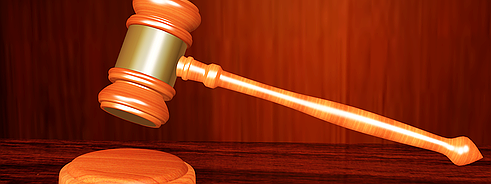Winter weather slip and falls: Slip and fall accidents frequently occur on ice in Ontario Canada. The Eastern region (Oshawa, Whitby, Pickering, Ajax) are often hit harder by winter weather than Toronto proper. The winter weather hit us hard and early this year. On December 1, 2019, there was a storm with freezing rain, snow and bad winds with many accidents reported (car accident and slip an d fall injuries)
There is case-law and legislation that helps to determine whether someone is entitled to compensation for a slip and fall injury and that is what a personal injury lawyer considers in assessing a potential slip and fall injury lawsuit case.
This is a brief description of the questions that are important to ask when considering a lawsuit or claim after being injured while slipping and falling on ice or snow in Ontario:
1. Did you provide notice of the slip and fall to the potential defendant? In some circumstances, defendants have to be put on notice of a potential claim in as little as 10 days (ie: municipalities in many circumstances). Some defendants don’t require any notice and simply must be sued within two years.
2. What proof do you have of the icy/snowy condition? Your evidence of what you saw and felt is the first piece of evidence. Do you also have photos? Do you have witnesses and contact information for those witnesses?
3. What caused the icy/snowy condition? Was it a failure to monitor a property and a failure to do ice and snow maintenance such as salting and sanding? Was it an unsafe condition like a sloped parking lot that pooled water in one spot or an overhang that was dripping into one place continually? We can usually assist in figuring it out. In some cases, we have sent investigators out after the accident to watch the property owner's response to subsequent weather events, to assist in proving a lack of a reasonable winter maintenance program.
4. Is there proof of where you fell? Did you let the property owner know about the fall? Did they see it? Are there video cameras in that area? Did an ambulance attend to take you from the scene?
5. What are your injuries? What has been diagnosed and what are the risks for the future, the potential care needs for the future and the potential impact on employment? Are there fractures that can be shown on imaging, or tears or damage that can be seen on imaging?
All of the above things are issues that we would need to look into when considering the viability of an action. Most land-owners and property maintenance companies have insurance available to respond to theses losses. Some claims can be settled directly with insurance companies, while others require a lawsuit and litigation to get to the point where compensation is paid.
There are cases where multiple defendants need to be named. In one case that I handled, our theory was that a business had been power washing their docking bay during cold weather and water spread to the sidewalk and froze. My client slipped and fell on the ice sustaining injury. It was important that we sued both the City and the private business in that case.
What becomes extremely important in these cases is an analysis of the weather records and maintenance/inspection records that are available. The weather records help us to understand when the bad weather happened, how long it happened for and what the weather was like leading up to the accident. This helps us to understand what the defendants knew or ought to have known about the weather and the likely effect on the area (ie: an argument that if there was a lot of snow or rain, followed by freeze and thaw conditions, they should have known that ice was going to form). Remember, that these cases are not just about proving a fall and injury, they are about proving that the defendant failed to take reasonable steps to prevent the danger.
My experience in these cases is that it is important to begin investigations early since there are often subcontractors and sub-sub contractors involved and it can take time to determine all of the relevant parties.

